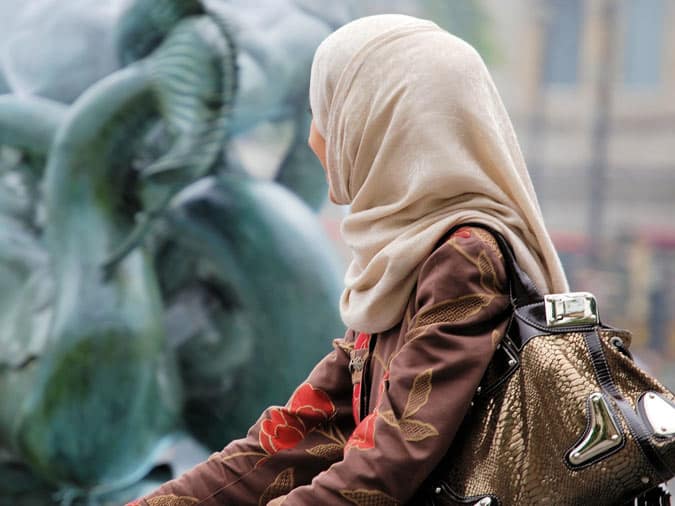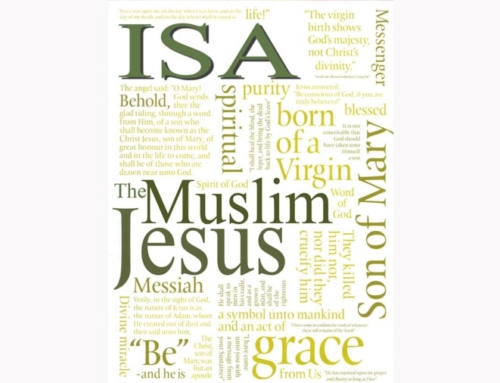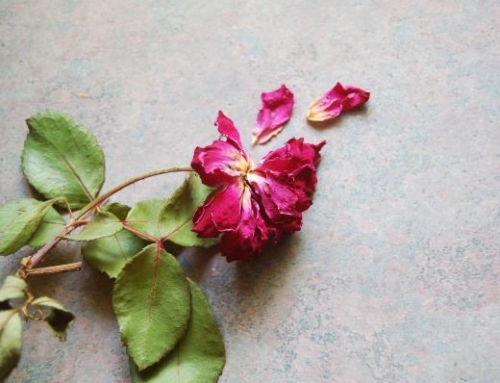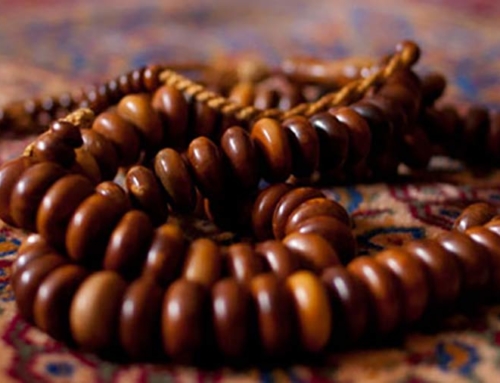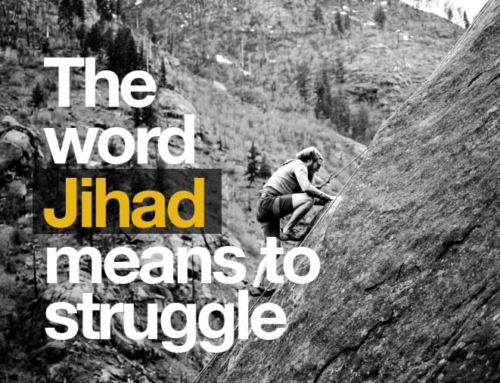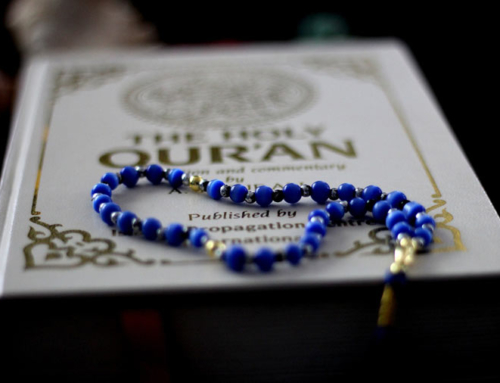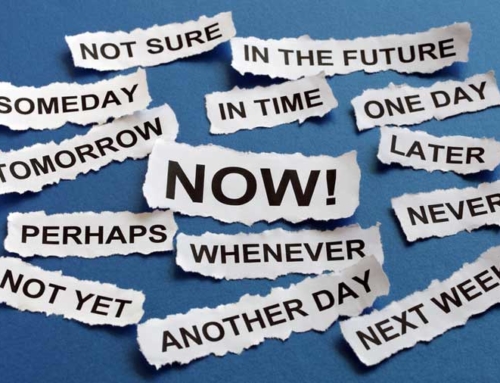The Hijab: A Choice, Not a Constraint
Hijab is often represented in a manner that equates it with oppression. In her book Do Muslim Women Need Saving? Lila Abu Lughod, Professor at Columbia University, examines the use of images of Muslim women in burqas in the campaign to build up support for the war in Afghanistan. She illustrates that the simple image of a Muslim woman in a veil, coveys the Orientalist assumption of oppression and a need to be saved. Most books, news articles, and western studies on Muslim women spread this false image that all Muslim women are begging to be saved by the West. The similar feature in all of these works is the incorrect assumption that Muslim women are being abused and desire to escape to Western ideals.
Why the Hijab is Not a Symbol of Oppression
There are many factors which oppress Muslim women which also oppress other men and women throughout the world. Illness, war, inequality, poverty, unemployment, and corrupt governments are just a few. Why is it that the perception many in the West have is that the Muslim women is oppressed by religion? In fact, as Abu Lughod notes, Laura Bush partially justified the war in Afghanistan by noting that women of cover needed to be liberated. What is interesting is that even after the war is over, and extremist groups uprooted, Muslim women in Afghanistan still cover.
Hijab: A Symbol of Freedom, Not Oppression
Countless times, Muslim women are asked when they had been “forced” to wear the hijab. Rather than asking when they chose to wear it, many people jump to the conclusion that it had been done against their will and that they live a life of oppression. What many often fail to see is that in no way is the hijab a sign of oppression. Muslim women view the hijab as a symbol of freedom and a choice they make on their own. With all the negative coverage on hijab, and the obsession with the dress of Muslim women in the media, it makes it hard for others to perceive the hijab as a symbol of freedom.
Hijab: A Symbol of Modesty and Empowerment
It represents modesty, in which a Muslim woman is freed from having to comply to the beauty standards that thousands of women and young girls today try so hard to conform to. Abu Lughod mentions this when referring to style and fashion, in which “we think that U.S. women live in a world of choice regarding clothing, [and] all need to do remind our-selves of the expression, ‘the tyranny of fashionʾ” (Abu-Lughod 785-786). In a generation where girls feel the need to plump their lips and take weight-loss pills to help them achieve bodies similar to that of Instagram models and celebrities, modesty and self confidence are often times forgotten, and rather diminished completely from people’s lives.
Hijab: A Symbol of Beauty and Modesty
This contributes to the distorted image of beauty, in which anything different than what is trending is seen as abnormal. A female who flaunts her hair and shows off her flawless skin does not make her any more beautiful than one who chooses to display her beauty through the act of modesty. Just as women who wear hijab are sometimes times pitied for wearing the hijab, they too pity the girls who feel the need to flaunt their bodies and appeal to men physically in order to feel beautiful.
The Hijab: A Personal Choice, Not a Political Statement
The Western obsession with the veil stems from an inability to understand why a female would willingly decide to cover herself in a manner that does not comply to societal norms. It is for this reason that veiling is viewed as “the quintessential sign of women’s unfreedom” (Abu-Lughod 786). It is the duty of those concerned with women’s rights to address this incorrect assumption and image of Muslim women. Muslim women deserve an open mind and stereotypes about them must be challenged and dispelled. Rage about the hijab often comes from other people, usually men, telling women how to (un)dress.
Got Questions?
We have Answers. Get in touch now.


